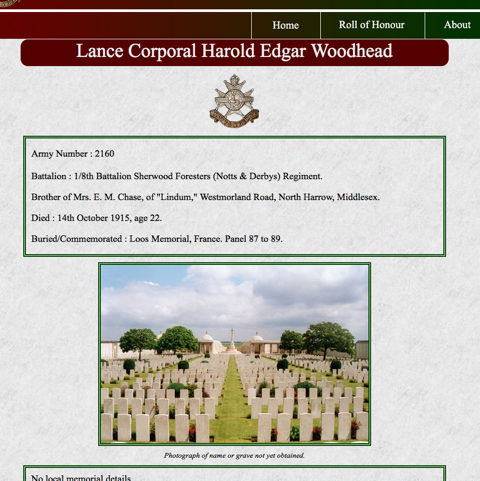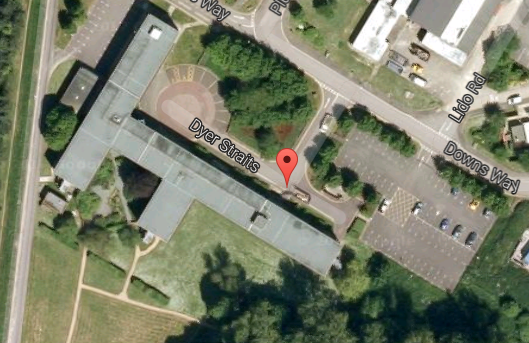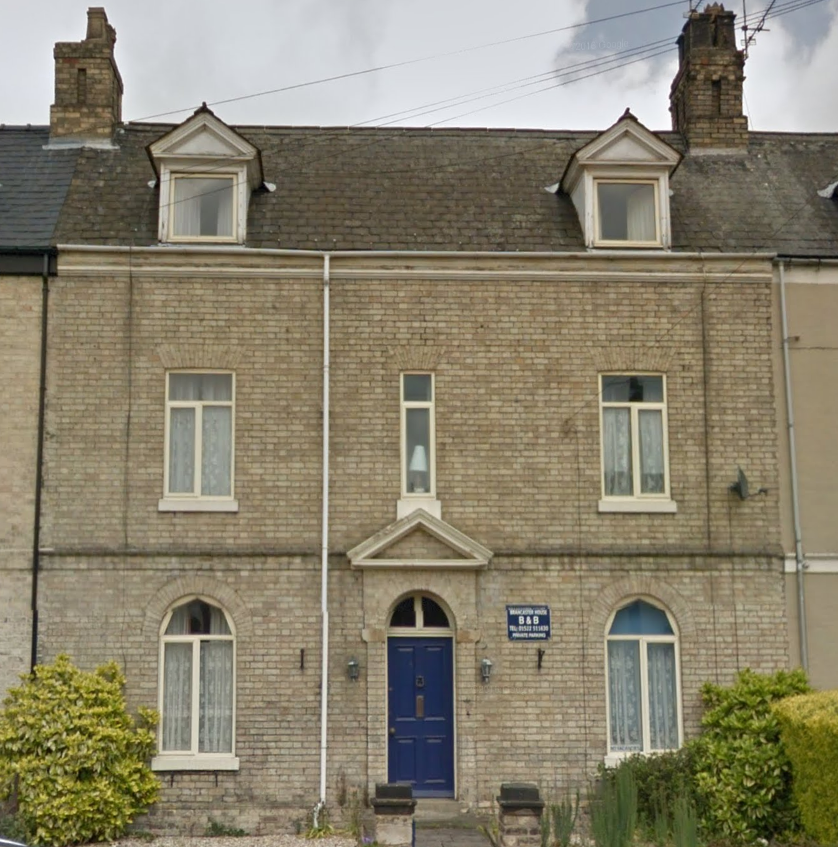This article is not about the British television show, nor the American one, but about my Grandfather, George Lines, who was an apprentice at Clayton and Shuttleworth – a four year apprenticeship, ending in December 1911.
Clayton and Shuttleworth were a Lincoln based engineering company, mainly focussed, before WW1, on agricultural machinery.
On the 4th July 1907 Commercial Motor carried an article about a new scheme of apprenticeship adopted at Clayton and Shuttleworth, Lincolnshire.
Amongst the benefits were the that apprenticeship would be for 4 years, rather than 7, and would take apprentices between 15 and 22, hoping for boys (the concept of girls as apprentices was not considered) who has been to school beyond 14.
In the 1911 Census it was occupied by
- Mary Jane Woodhead, head of the household, aged 50 and widowed
- Harold Edgar Woodhead, son, 18, and an engineers apprentice in the field of Agricultural Engineering
- Ethel Mary Woodhead, daugher, 21, no occupation
- George Edward Lines, Boarder, 23, an engineers apprentice in the field of Agricultural Engineering
- Alice Cook, 19, Servant
- Deborah Daisy Turner, 21, Visitor
I assume my Grandfather boarded here through being a fellow apprentice with Harold.
I do not know further details of my Grandfather’s apprenticeship, but he clearly picked up skills that would serve him well in the Royal Engineers in WW1, and later working for Lines Brothers.
Harold Woodhead’s War.
Harold signed up for the Sherwood Foresters (Notts & Derby) Regiment.
His sister Ethel Mary married someone called Chase around September 1912 in Lincoln, and his mother Mary possibly died in Mansfield around June 1915.
Harold died on the 14th October 1915, age 22, and is buried, along with many others, at the Commonwealth War Commission cemetery at Loos.

Harwell Apprentices
When I started work at Harwell it still had an apprentice school, and the apprentices, and after they had graduated from the school, the on-site engineers could produce almost anything from scratch. As in those days Harwell was doing a lot of leading edge research their skills were often required. Many local businesses also benefited from the graduates of the Apprentice Training School.
Many of the roads on Harwell site are named after famous scientists, such as Fermi Avenue, but the small stub road in front of the building in which I worked was unnamed, until one April First, a sign appeared, labelling it as “Dyer Straits”. Ron Dyer was one of the Group Leaders in Material Physics Division, main occupants of the building. The sign was such a good facsimile of the other road signs on site that it remained, and next time the site was surveyed it was transferred to the official site map, and the name remains to this day, as can be seen on Google Maps

Ha Ha! Dyer Straits ….I love that. I assume that Harold joined the call to enlist, I wonder if he also joined The Royal Engineers and did he survive?
I wonder if Harold, since his mother was a widow, might have stayed at home and continued to work for Clayton and Shuttleworth, in which case his contribution could have been to work on the Sopwith Camel. A reproduction Sopwith Camel is on display at The Shuttleworth Collection – which incidentally was founded by the grandson of the co-founder of Clayton and Shuttleworth !
It looks as if the suggestion from Liz that he joined up was correct – I have amended the article with some information she sent about his fate